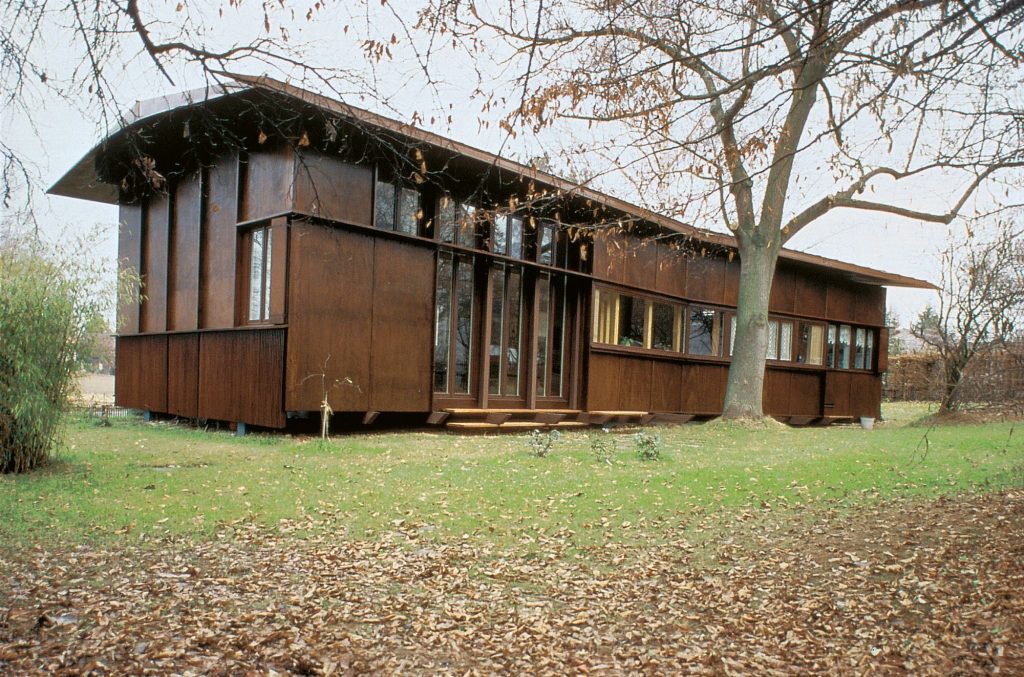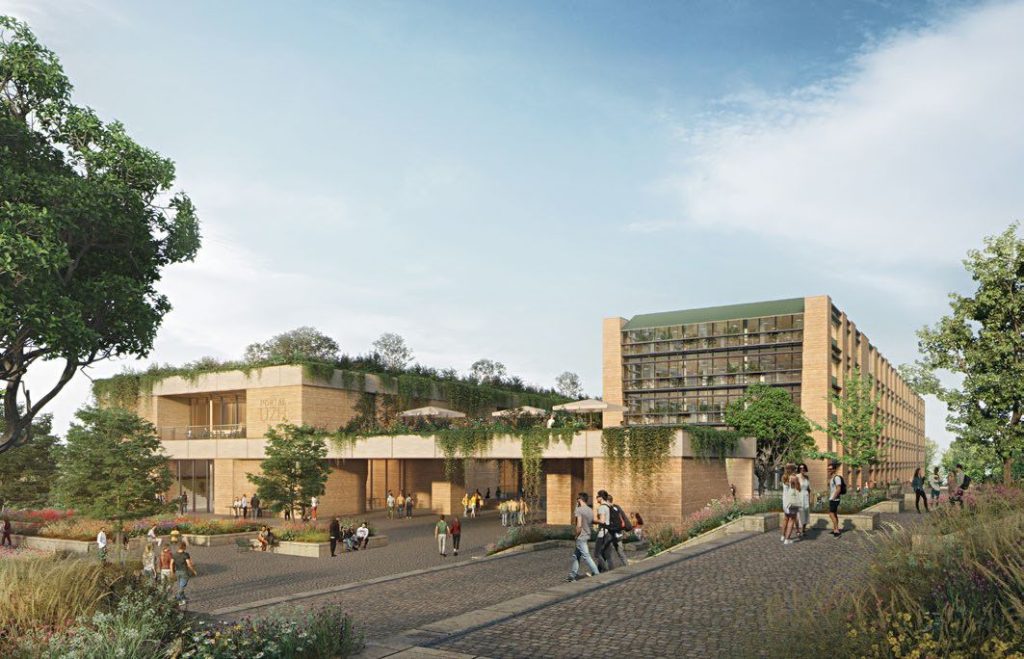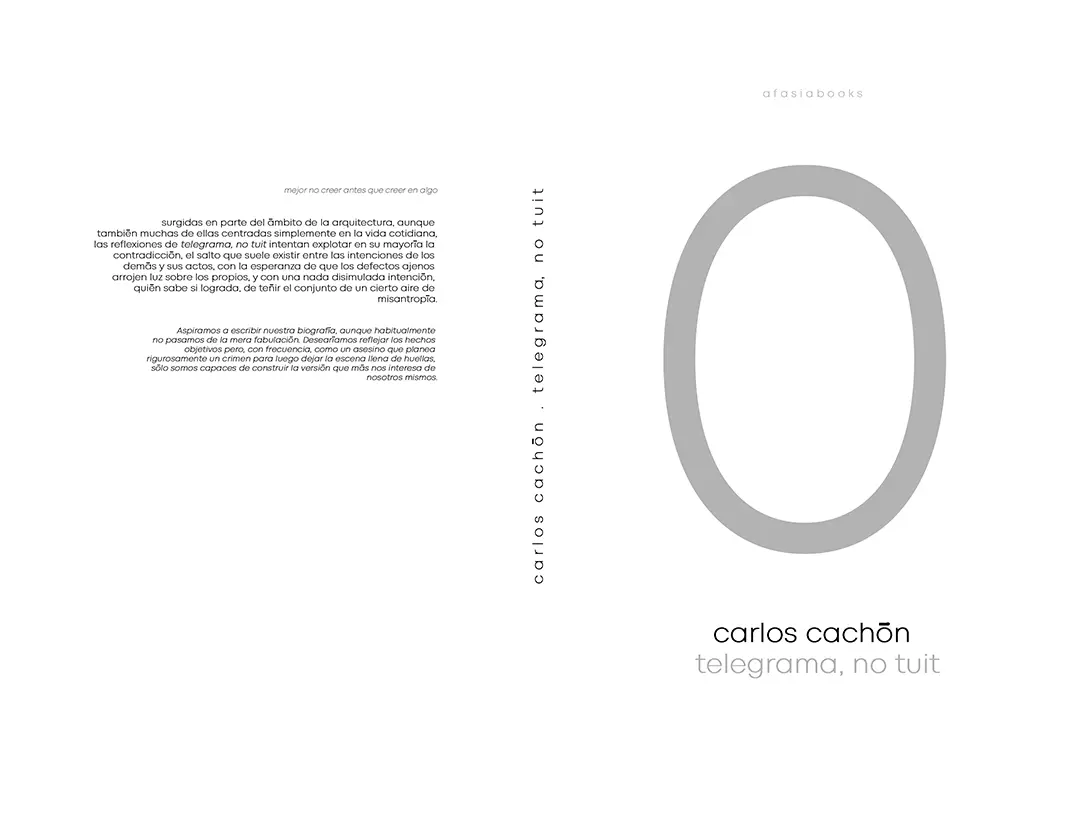
As an addition to a house on a corner site, the new volume has a visible entrance from the street in order to provide public access to the private marionettes theatre. Accordingly, the new building is thought of as a lightweight box, like a musical instrument, sitting on projecting sleepers and consisting of plywood sheets in a balloon-frame construction that recalls the traditional craftsmanship of Japan. The roof, the main room and the bearing structure are all clearly articulated. Plywood on the inside is also used to form the shutters. Continue reading Herzog & de Meuron




